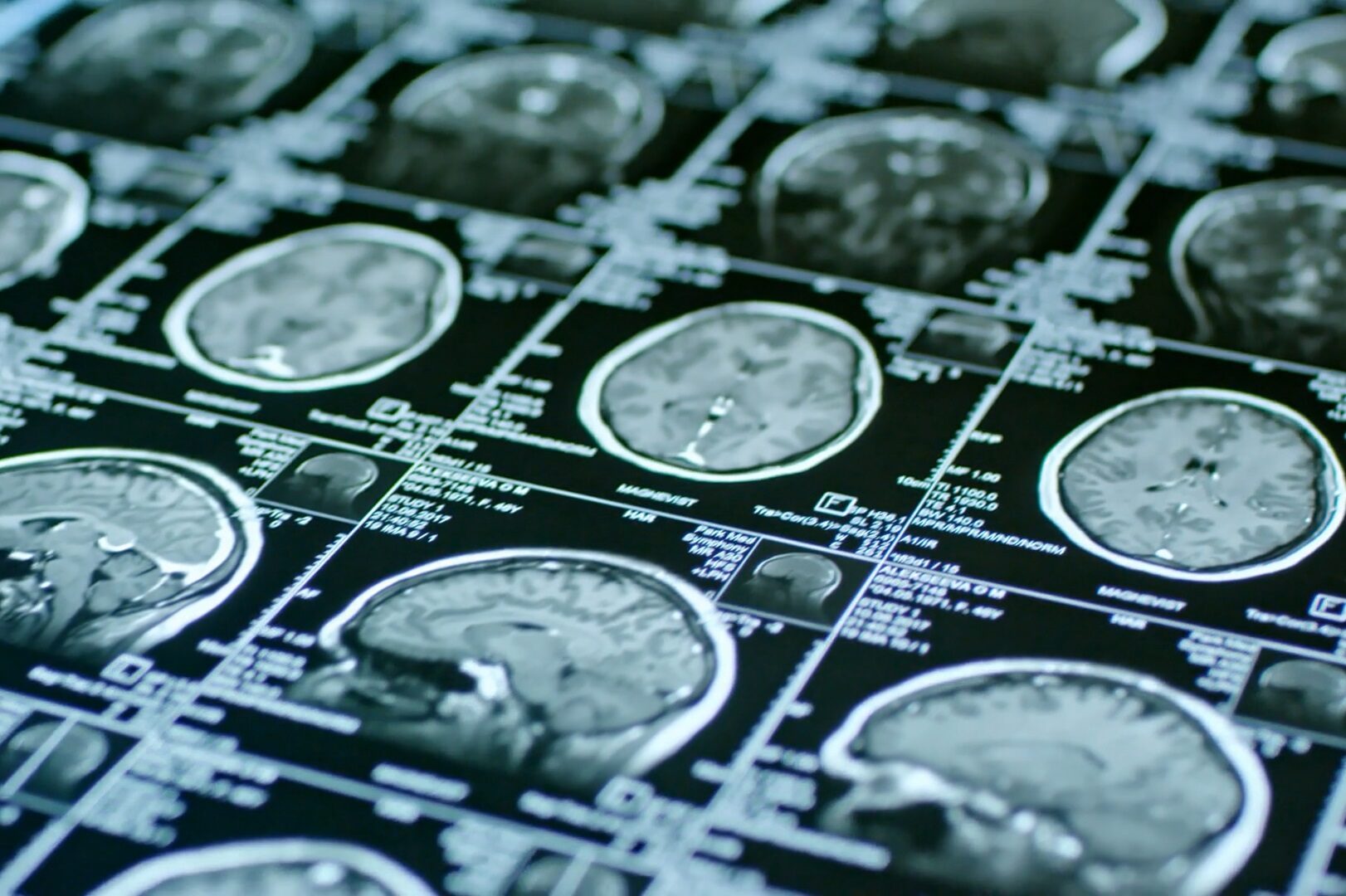By embracing new tech, scientists are making big leaps

Sixty-four million people are affected by heart failure worldwide and, sadly, as many as one in two patients die within five years of diagnosis.
At AstraZeneca, our bold ambition is to develop a treatment pipeline capable of reversing – even curing – cardiovascular diseases, including heart failure. To meet this goal, we’ve challenged standard research approaches and embraced technological innovations that have enabled our scientists to accelerate the drug discovery and development process.
Regeneration is not science fiction
More people than ever now survive heart attacks – but their heart muscle is often left seriously damaged. About one billion heart muscle cells (cardiomyocytes) are lost during a heart attack, which is why we, in collaboration with Swedish biotech company Procella Therapeutics and the Karolinska Institute, are pursuing multiple approaches to find out how we could repair the damage that typically leads to heart failure.
In the short-term, we want to learn more about the mechanisms and pathways driving regeneration of cardiomyocytes and cardiac blood vessels from within the heart itself, and we are also exploring how stem cells can be used to regenerate cardiac tissue. In pre-clinical research we have already seen ventricular progenitor cells (originating from stem cells) differentiate into beating ventricular cardiomyocytes, like those in a healthy heart, in our laboratory dishes. We have also seen how these cells, when injected into a damaged animal heart, engraft, proliferate and form beating cardiac tissue. This newly-formed tissue supports the pumping capacity of the heart and restores heart function. If these findings can be translated to a patient with heart failure, we could potentially reduce symptoms and prolong life of these patients.
Bioartificial human heart prototypes to optimise drug discovery
Before clinical trials in humans, we put medicine candidates through preclinical testing to help us understand how future medicines may react in a human and to finetune our research and discovery process. Ideally, we want to do this in a model that mimics the functioning of a human heart as closely as possible.
Heart failure with preserved ejection fraction – HFpEF – is a type of heart failure with limited treatment options, yet accounts for approximately half of all heart failure cases. For patients with HFpEF, a predictive human-like preclinical model didn’t exist – so we partnered with the company Novoheart to use their latest technology to create one – known as the “heart in a jar”. This was the world’s first cellular functional model of HFpEF. This technology provides us with a unique opportunity for deepening our understanding of promising molecules for the treatment of this form of heart failure.
Precision medicine in heart failure
Precision medicine has typically not been associated with some of the most common chronic diseases, such as heart failure. However, our research is uncovering more about the genetic drivers of heart disease and patient studies show that there is substantial diversity between various sub-populations of patients with heart failure.
It is well-established that genetic variation in certain genes play a critical role in the development of heart muscle diseases (cardiomyopathy); however, more recently, scientists at AstraZeneca’s Centre for Genomics Research, together with our collaborators at Columbia University, identified an enrichment of these genetic variants (changes) in individuals with more common forms of heart failure. More specifically, they identified variants in 21 different genes linked to cardiomyopathy and investigated pathways involved in damaged heart muscle repair. This research is helping our scientists to take us a step closer to precision, biomarker-guided treatment tailored towards molecular sub-types of heart disease across broad patient populations.
With the recent advances in genomics, there are a myriad of potential new drug targets and with it, the opportunity for nucleotide-based therapeutics to have a real impact on disease. Three drug platforms that we are exploring are messenger RNA (mRNA), small interfering RNA (siRNA) and antisense oligonucleotides (ASO). The benefit of these modalities is that they act inside the cell and can target specific genes. They are a promising approach for the treatment of genetic drivers of disease.
Designing the first ever trial for an mRNA based therapeutic
Since 2013, AstraZeneca has performed collaborative research with Moderna Therapeutics, using mRNA. This is the “middle man” in the process where genetic information contained in DNA is transferred to make proteins. The beauty of mRNA-based therapy is that it can act locally and transiently, and doesn’t integrate into an individual’s genome. Instead, the aim is to enhance the processes that prevail naturally in the body.
Vascular endothelial growth factor A (VEGF-A) protein is responsible for stimulating the formation of new blood vessels and protects heart muscle cells from dying. In preclinical studies, we witnessed new blood vessels appear at the edges of dying heart muscle, in response to injections targeted at areas with low oxygen levels. Cardiac function improved, as blood and oxygen supply improved.
The next step, in collaboration with Moderna, the Karolinska Institutet, and our clinical trial partners Parexel, was to design and conduct the first-ever human trial using mRNA to increase local tissue levels of VEGF-A. This took a lot of meticulous planning to get it right, so we could gain confidence in this approach as a potential heart failure treatment. We had to consider every single detail, from the dosing to the endpoints and statistical analysis – nobody had ever tried to measure the effects of an mRNA therapeutic in a clinical trial for heart failure before, so there were no blueprints for us to work from.
We achieved two really important breakthroughs. Firstly, we showed that we could inject “naked” mRNA in a simple buffer solution into the heart muscle. This meant it did not have to be wrapped in protective coatings, such as a viral or lipid particle, to protect it from blood enzymes that could break down the mRNA before it reached the inside of cells, where it acts. It appears significant uptake of “naked” mRNA is only possible in skin and heart tissue. Secondly, we developed a new clinical trial model that I believe will have huge implications for future trials.
In the future, we believe patients will benefit from combinations of mRNA therapies targeting different biologies such as vessel generation, cardiomyocyte proliferation and apoptosis (cell death).
At AstraZeneca we are deeply proud to be spearheading the development of the next generation of innovative cardiovascular treatments. Through the fearlessness of our scientists to push research boundaries, embrace new technologies, and collaborate with academia and industry, the hope is to change the course of cardiac medicine – to one where cure, or damage reversal, is the end goal for as many patients as possible.

Regina Fritsche-Danielson is Senior Vice President and Head of Research and Early Development, Cardiovascular, Renal and Metabolism, BioPharmaceuticals R&D, AstraZeneca.



